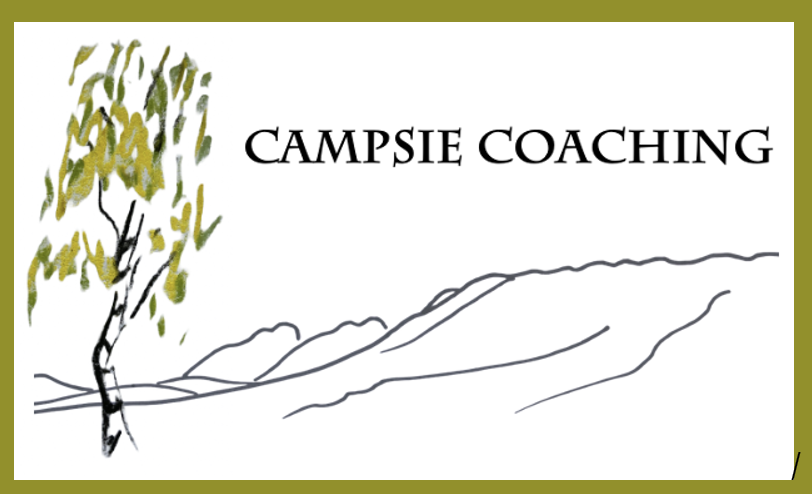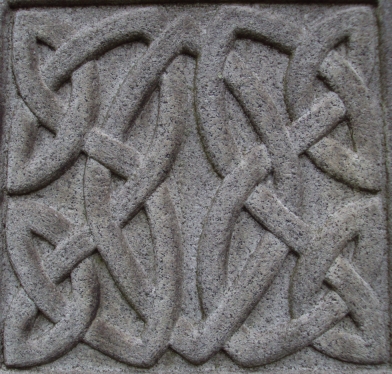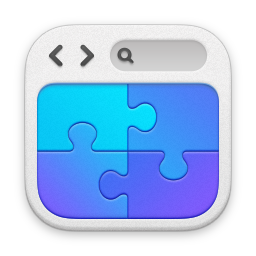If you struggle to read from a screen, listen to an audio of this blog here
'Why do nurses smoke? Because the doctors have eaten all the chocolate!’ (A very old joke)
Are you someone who tends to reach for chocolate, or other sweet, carb heavy foods, when you are feeling anxious or low? I remember wolfing down three large bars of Green and Black’s chocolate in the car after leaving the hospice where my father was dying. It helped me block the emotional pain for a few minutes, but left me feeling physically sick, with intense feelings of guilt, shame and disgust at myself.
Over the past few weeks, the shops have been bursting with aisles of chocolate Easter eggs, and, whether or not we celebrate Easter, the temptation to reach out for the comfort and pleasure chocolate offers can be particularly hard right now when it is so visible and abundant.
In his book, In the Realm of Hungry Ghosts, Gabor Maté writes about this compulsion to sooth our emotional pain with short lived comforts – chocolate, alcohol, cigarettes, drugs, or in his case buying classical music CDs. At The Chrysalis Effect we see clients using many addictive soothing mechanisms, from exercise or shopping to compulsive work or caring for others. Maté has a deeply human response to these addictions, and argues that it is unreasonable and ineffective to expect people to overcome them through sheer willpower. Instead, he asks, what is the underlying pain that needs to be soothed?
Identifying, and finding ways in which to ease the pain that drives you, is a challenge that takes time and support, but, ‘what am I trying to sooth?’ is a question that is worth asking yourself, reflecting on, and maybe seeking help with.
In the meantime, if chocolate or other foods are your go-to soothing mechanism, you might use this chocolatey Easter season to practise slowing down, noticing the impulse to reach for a bar, mindfully paying attention as you eat it slowly, instead of wolfing it down and reaching for the next. It is a practise with chocolate that can leave you feeling relaxed and delighted instead of sick and disgusted.
As an Easter gift, I’d like to offer you this video for a Spring Chocolate Mindfulness Meditation.
Counter-intuitively, I am actually encouraging you to buy a small amount of good quality chocolate, or your other favourite treat, in order to practise slowing down as you eat, really appreciating the goodness of what you put in your mouth. Practising this mindfulness helps you to create pauses, in which you can notice and reflect on the experience and choose your next action instead of being driven by the pain. I hope that you will find it helpful, and allow yourself the kindness and compassion you deserve in those moments when the pain is too strong to bear and, despite you best intentions, you find yourself cramming your mouth full.
Top Tips
Taking time to read these books, and to follow the mindfulness programme laid out by Williams and Penman, can give a whole new perspective and greater self-compassion with which to approach your compulsions, whatever they may be.
This chocolate meditation is based on the classic raisin exercise described by Mark Williams and Danny Penman in their book, Mindfulness: a practical guide to finding peace in a frantic world, published in 2011 by Little Brown
You might also enjoy reading Gabor Maté’s, In the Realm of Hungry Ghosts; close encounters with addiction, published in 2018 by Penguin.
and for all you nurses out there…
As nurses we often face the ongoing temptation of boxes of chocolates given by grateful patients and their families. It is so easy to reach out for what the doctors have not already eaten and to cram it into your mouth as you walk on to your next task. How often have I felt sickened by myself, even as I unwrapped another sickly ‘treat’, a voice in the back of my mind scolding, ‘You don’t even like Roses!’
Work is not the best place to address this compulsion, so try to be kind to yourself as you eat, and not compound the problem with self-loathing and guilt. Instead, as Maté suggests, in a quiet moment alone ask yourself, ‘What is the pain I am trying to soothe?’ It is in exploring and answering this question that you can begin to get to the real roots of this unwelcome compulsion and dissolve, not control it.



